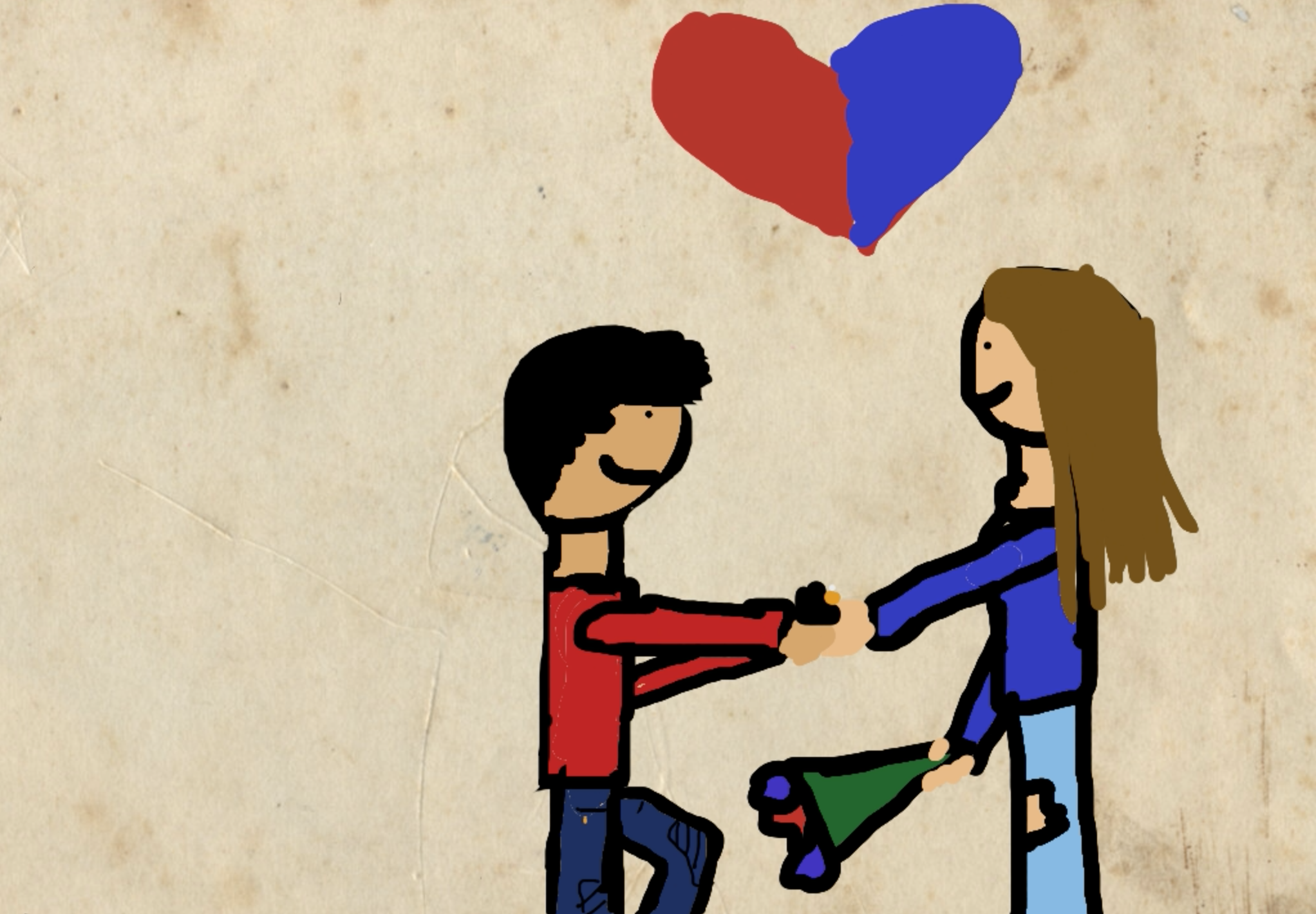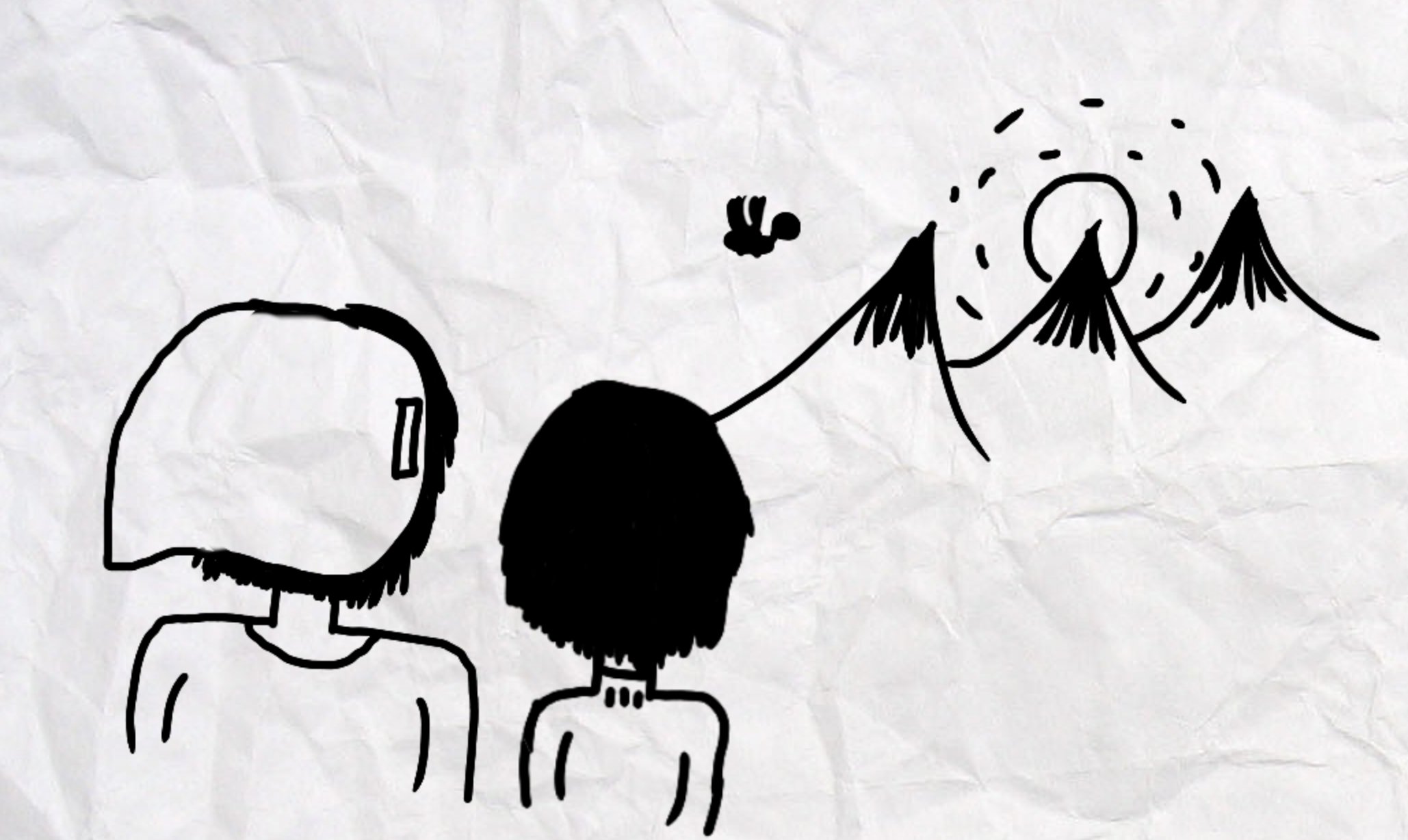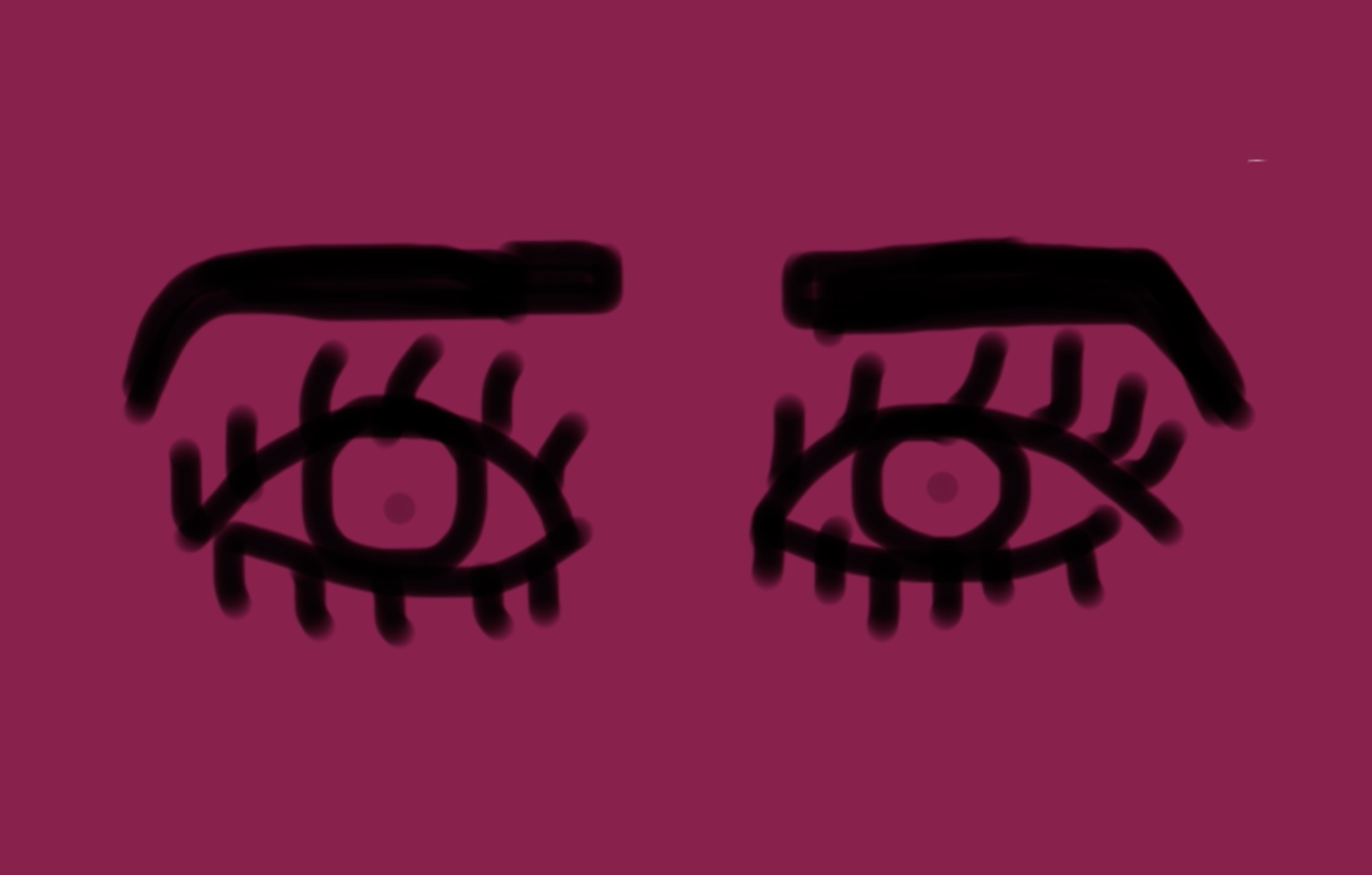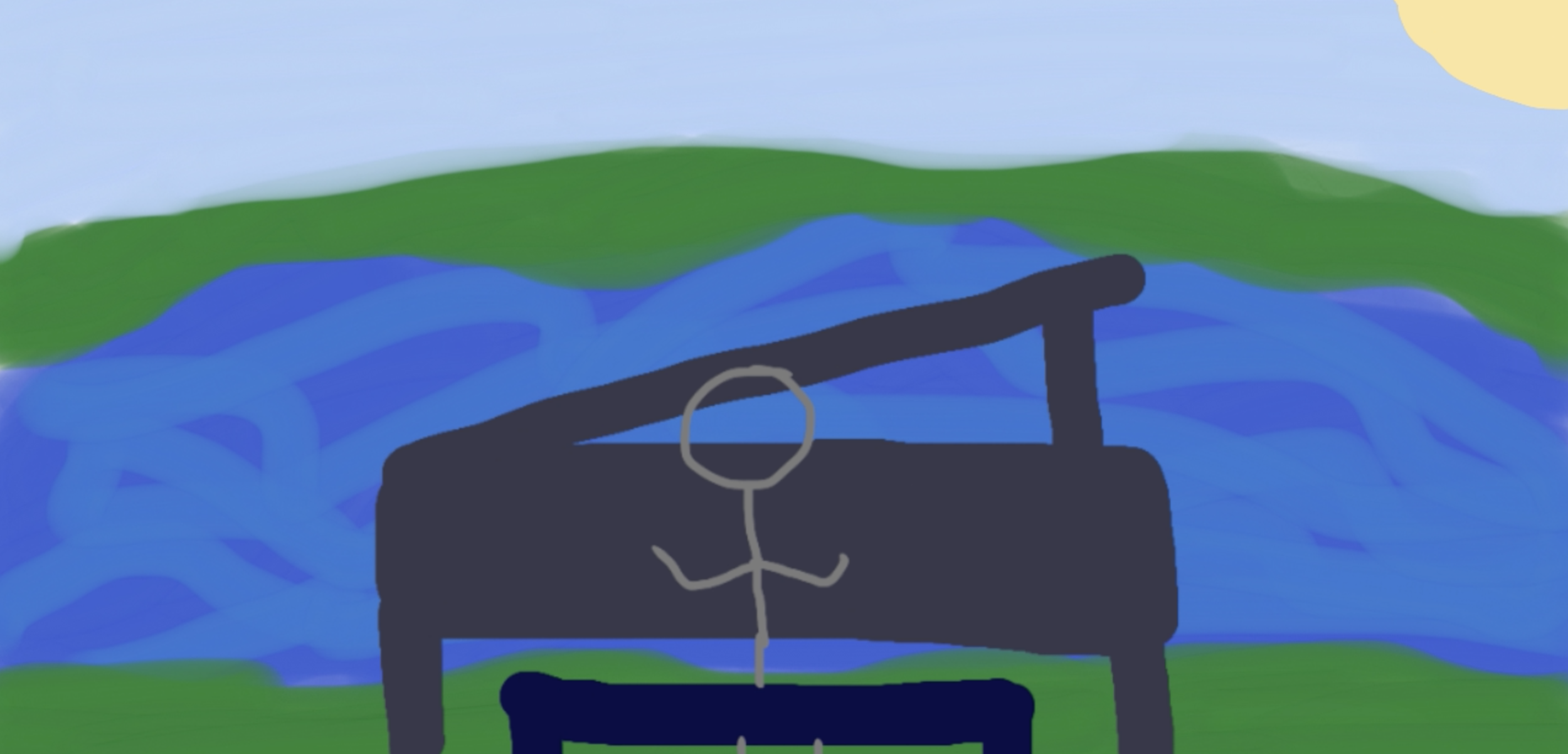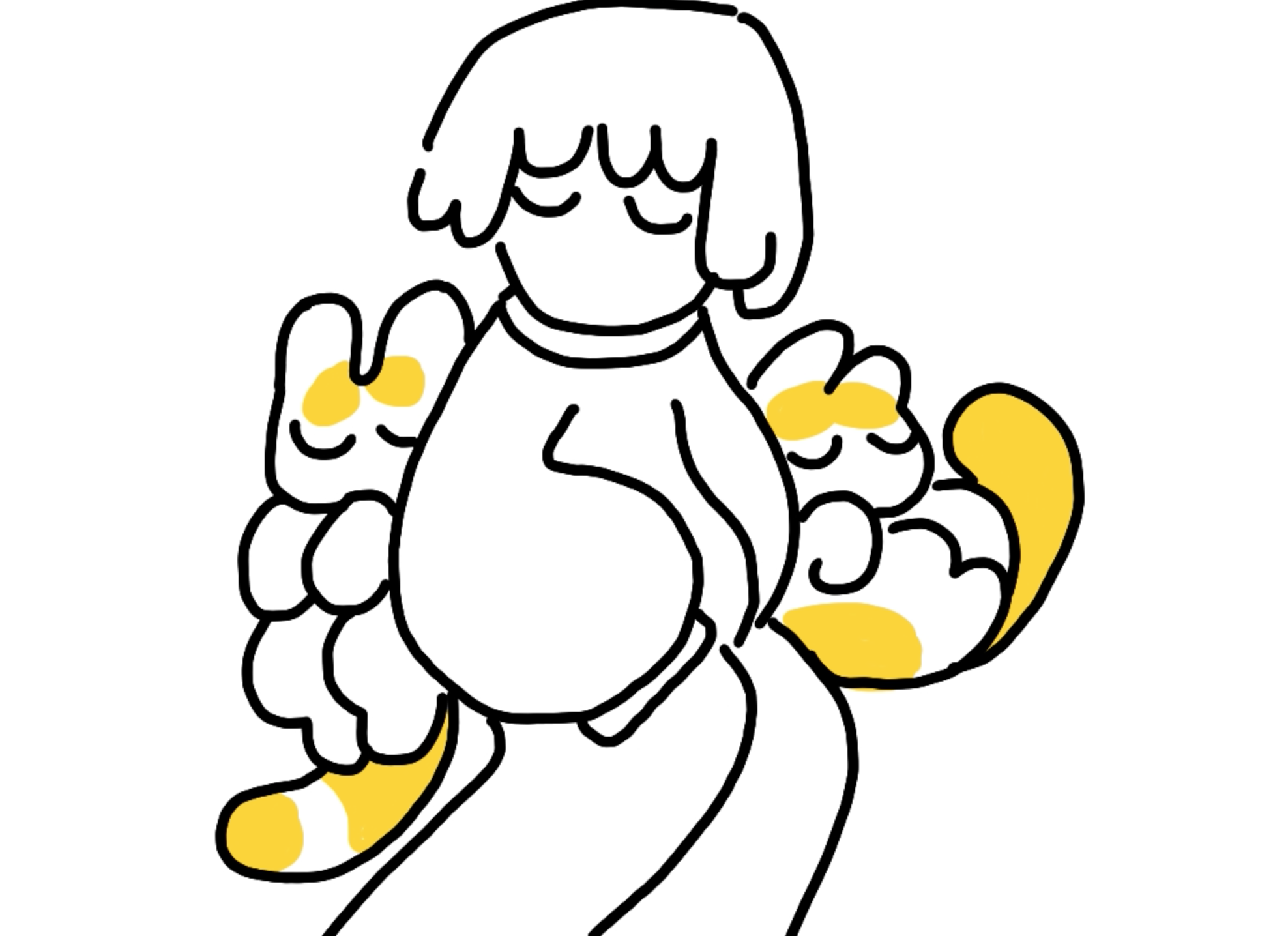An Animation Collaboration
School/Teacher/Classroom or Arts Organization/Mentor: Carmen Elate
Grade Level or Age of Participants: Ages 12-18
MCAD Teaching Artist: Amabelle Johnson
Number of Students: 8-10
Visual Arts Content or Standards
Grades 9-12 1. Artistic Foundations
Demonstrate knowledge of the foundations of the arts area.
Media Arts 9.1.1.2.1 1. Analyze how the elements in media arts such as image, sound, space, time, motion and sequence, are combined to communicate meaning in the creation of, presentation of, or response to media arts.
Curricular Link / Standards (if in a classroom only)
11.4.7.7 Analyze multiple interpretations of a story, drama, or poem (e.g., recorded or live production of a play or recorded novel or poetry), evaluating how each version interprets the source text. (Include at least one play by Shakespeare and one play by an American dramatist.)
Overview of Project
Students will be animating to a 3-4 lined poem about their safe space. Students will animate through an app, FlipaClip, as well as learning three animation techniques (loops, morphing, and rotoscoping).
“Big Ideas”/ Essential QUESTION(s)
How is visual art and poetry similar? How can they relate?
What can animation teach others?
How does collaboration engage ideas and support work?
What is a safe space to you?
Student Outcome Objectives
Students will:
Write a 3-4 poem based on the theme of safe space (what does that mean to you? What is your safe space?, etc.)
Create a digital animation through FlipAClip based on the student’s written poem.
Learn three animation techniques – Morphing, Looping, Rotoscoping
Prior Knowledge
How basic 2D animation is created
Know contemporary examples of animation
How to create a coherent 3-4 lined poem
Lesson Preparation Timeline
Download FlipAClip onto CRTC IPads
Order mesh pens for drawing – Purchase through Amazon
Create PowerPoints (Day 1, 2, 3)
Create example (poem, sketches, animation, audio)
Rehearse presentation
Examples of Artwork
Day 1: 2D Animation/Animating poetry
Troll by Shane Koyzcan https://www.youtube.com/watch?v=670if6Etx0o&
To This Day by Shane Koyzcan https://www.youtube.com/watch?v=ltun92DfnPY&t
Pretty by Katie Makkai https://www.youtube.com/watch?v=M6wJl37N9C0
Day 2: FlipAClip DEMO
FlipAClip trailer https://www.youtube.com/watch?v=9RFkh_FsMg4
FlipAClip Christmas Competition https://www.youtube.com/watch?v=OcTlAfVscBI
Day 3: Technique
Loops: Youtube Animators (Sir Fluff, birb.bandit)
Morphing: MCAD Valentines Morphing Collab
Rotoscoping: Take on Me by A-HA, my examples
Assessment
We will know that students learned through this lesson when they:
Create a 3-4 poem according to the theme (safe space)
Finish a complete animation with audio – min: 10 seconds
Successfully work together in collaboration (working in groups is encouraged)
Problem solve issues in FlipAClip
Take this information to make more animations in the future
Materials
IPads (provided by CRTC)
Mesh tipped iPad touch pens ct.8 (Amazon) - $10
Learning Activities and Timing
Week 1: Intro to Project and Research & Concept
DAY ONE: Intro to Project (12:30 pm – 2:00pm) (45 min per class)
Examples of 2D animation (from Disney to Contemporary) (5 min)
Animating Poetry: (To this Day, Troll, Pretty) (5 min)
Intro to Project: (5 min)
Theme: What is a safe space to you? (5 min)
My example: (Poem, sketches, animation, audio.) (5 min)
Questions?
Students will start developing a 3-5 lined poem/blurb
Day 2: Starting Animation (12:30 pm – 2:00pm) (45 min per class)
Brief overview of last lesson (1 min)
Intro to FlipaClip DEMO (15 min)
Examples
Questions?
Day 3: Animation Techniques DEMO: Loops, Morphs, Rotoscope (12:30 pm – 2:00pm)
Brief overview of last lesson (1 min)
Examples/Demo (5 min PER demo = 15 min total)
Questions?
Students will be developing sketches/drawings
Week 2-3: Continue Working on Poem/Animation
Week 4: Adding Audio & Editing
Adding audio DEMO (10 min)
Troubleshooting animation in time with audio (5 min)
Week 5: Presentation!! Friday gathering
Teaching Artist Reflection
Problems I will anticipate is students getting distracted or discouraged from animating. It is a hard medium, so I expect some students might get discouraged. Also, students not knowing where to start is another issue I expect; however, constant encouragement in this community is essential. This fits within the curriculum as the students will be finishing up their stop-motion animation project. They will have prior knowledge on certain animation terminology and how animation is created. They’ll begin learning a new technique!
The students’ work will be shared with a larger community by putting on screening within the CRTC for students and teachers to see.
I will receive feedback through Carmen, Lynda, and my peers.
